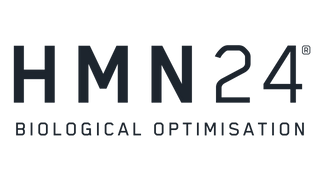Why Alcohol-Free Spirits Are Booming (Even If They “Don’t Make Sense” at First Glance)
We’re entering a cultural shift where the drink in your hand is less about intoxication and more about identity, ritual and belonging. Alcohol-free spirits aren’t a replacement, they’re an evolution. Here’s what’s really driving the movement.
The Temperature Effect: How Morning Warmth and Cold Shape Your Day
Your body temperature follows a powerful circadian rhythm that determines how you wake, focus, and recover. In this article we explore the science behind morning warmth and cold exposure, revealing how these simple cues can transform alertness, mood, and daily performance.
The First-Night Effect: Why We Sleep Poorly in New Environments
The First-Night Effect is a neurobiological safeguard that keeps one half of your brain more alert in unfamiliar environments. While adaptive, it disrupts recovery. This article explores the science and practical ways to minimise its impact.
From Crisis to Catalyst: What COVID Taught Us About Flexible Work and Human Performance
COVID forced the largest workplace experiment in history. The results were clear: flexible work improves productivity, reduces burnout, and supports wellbeing. The science was always there, but disruption made it impossible to ignore.
The Future Modern Workplace
The workplace has always reflected culture. Once powered by stimulants, long hours, and burnout, today it stands at a crossroads. The future modern workplace must balance activation and recovery, embedding self-care as performance care—to remain sustainable and relevant.
From Gatekeepers to Google: How Access to Science is Reshaping Health and Self-Care
Science has moved from the lab to the living room, empowering individuals to take control of their health. But with this access comes risk: misinformation, misinterpretation, and science-washing. In this article, we explore how access to science is reshaping the balance between healthcare and self-care, and why the future depends on using it responsibly.
Television, Sleep, and Human Performance: What the Science Really Tells Us
Television is part of many people’s nightly wind-down, but its impact on sleep is more complex than most realise. Screen type, brightness, content, and timing all influence whether TV helps you relax or disrupts your recovery. This article breaks down the science — and practical strategies for building healthier pre-sleep routines.
Hydration & Electrolytes: The Overlooked Jet Lag Tool
Jet lag is often seen as a sleep problem. But hydration and electrolyte balance play a fundamental role in circadian alignment, recovery, and adaptation to new time zones. This article explores the science and shares practical hydration protocols for travel.
Why Circadian Rhythms Are the Foundation of Human Performance
Circadian rhythms are more than sleep–wake cycles, they are the foundation of human performance. From morning focus to evening recovery, your body runs on rhythm. This post explores the science behind circadian alignment, the costs of disruption, and how high performers and organisations are using rhythm to unlock clarity, resilience, and recovery.
















